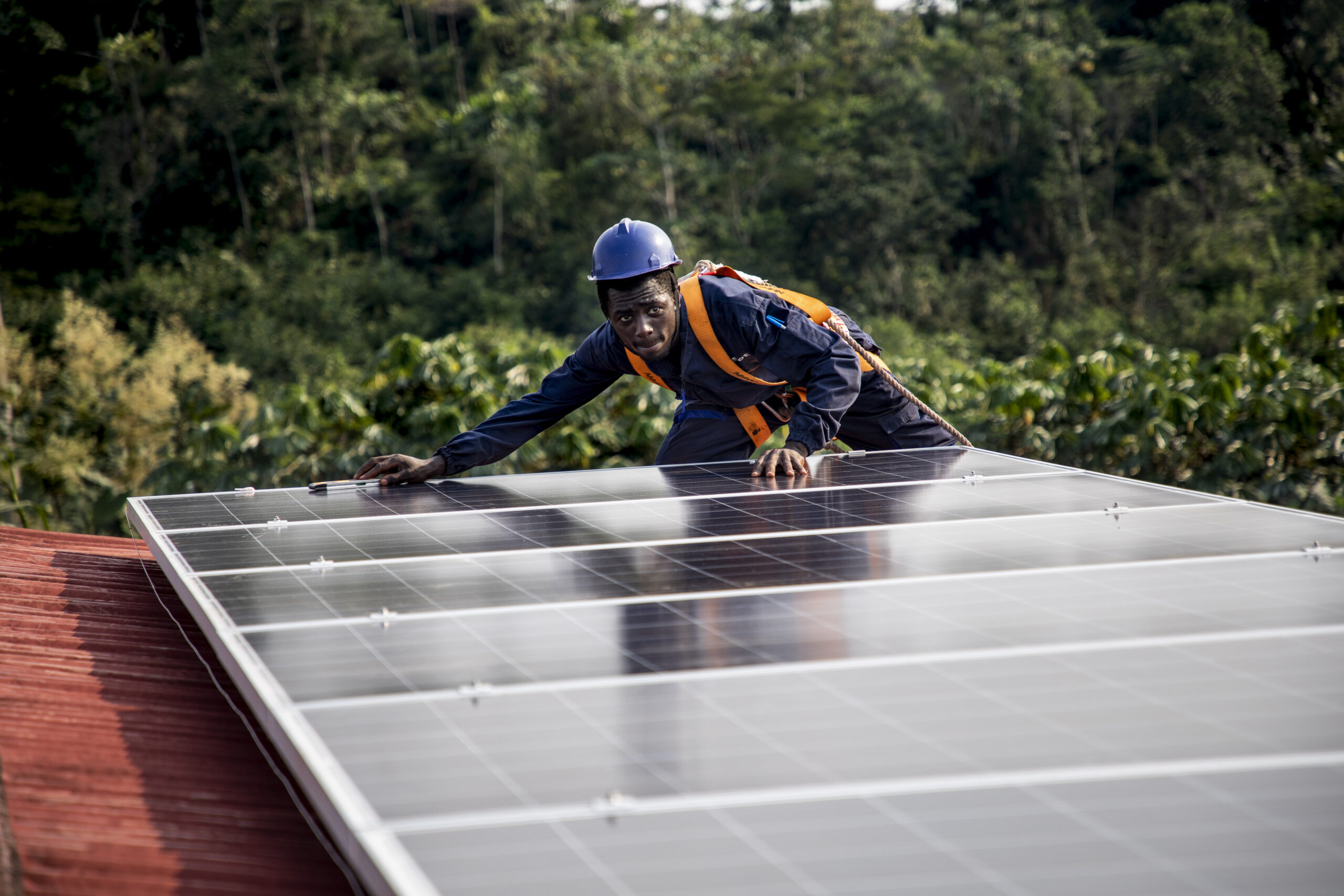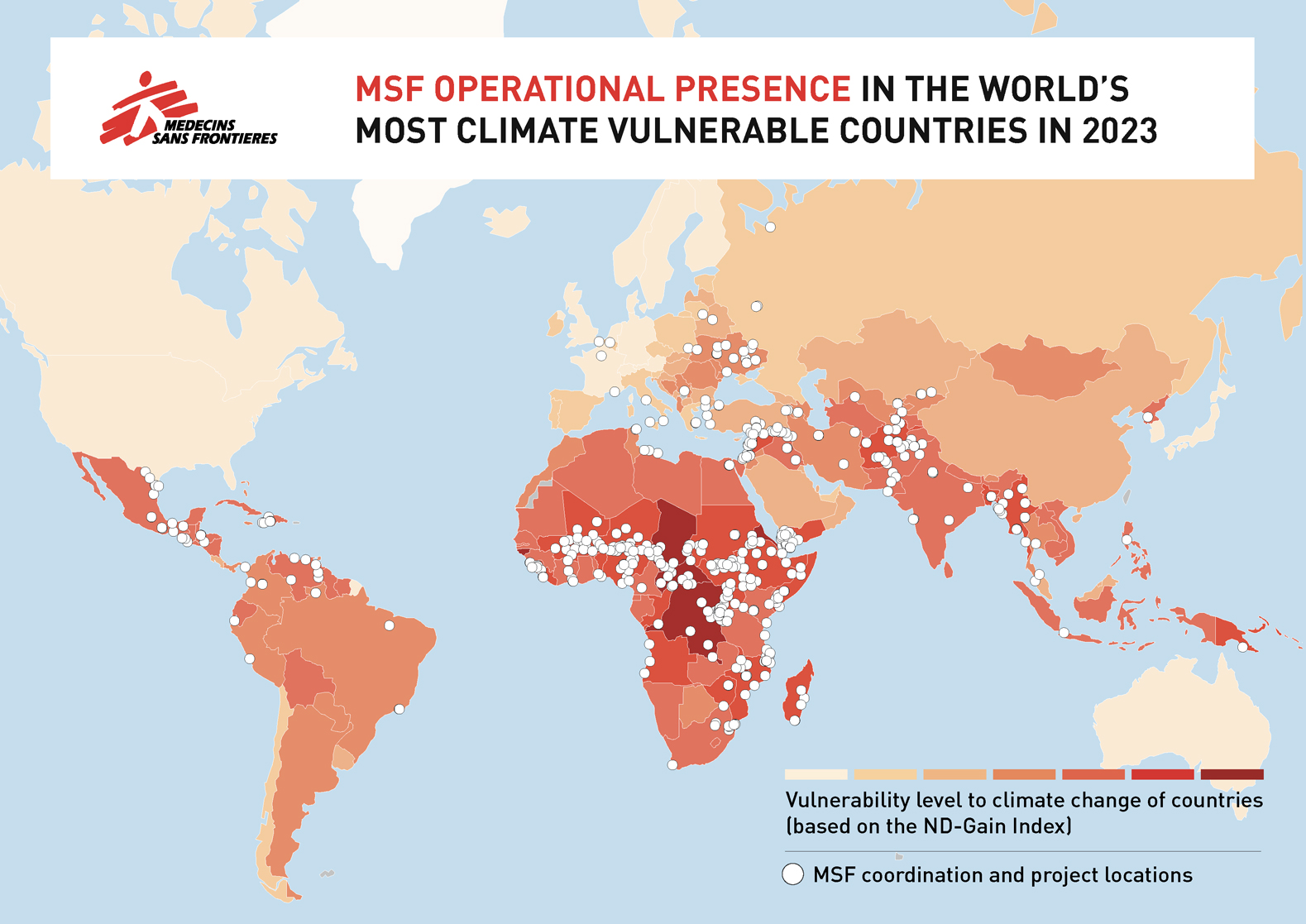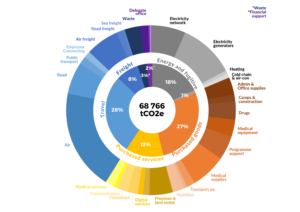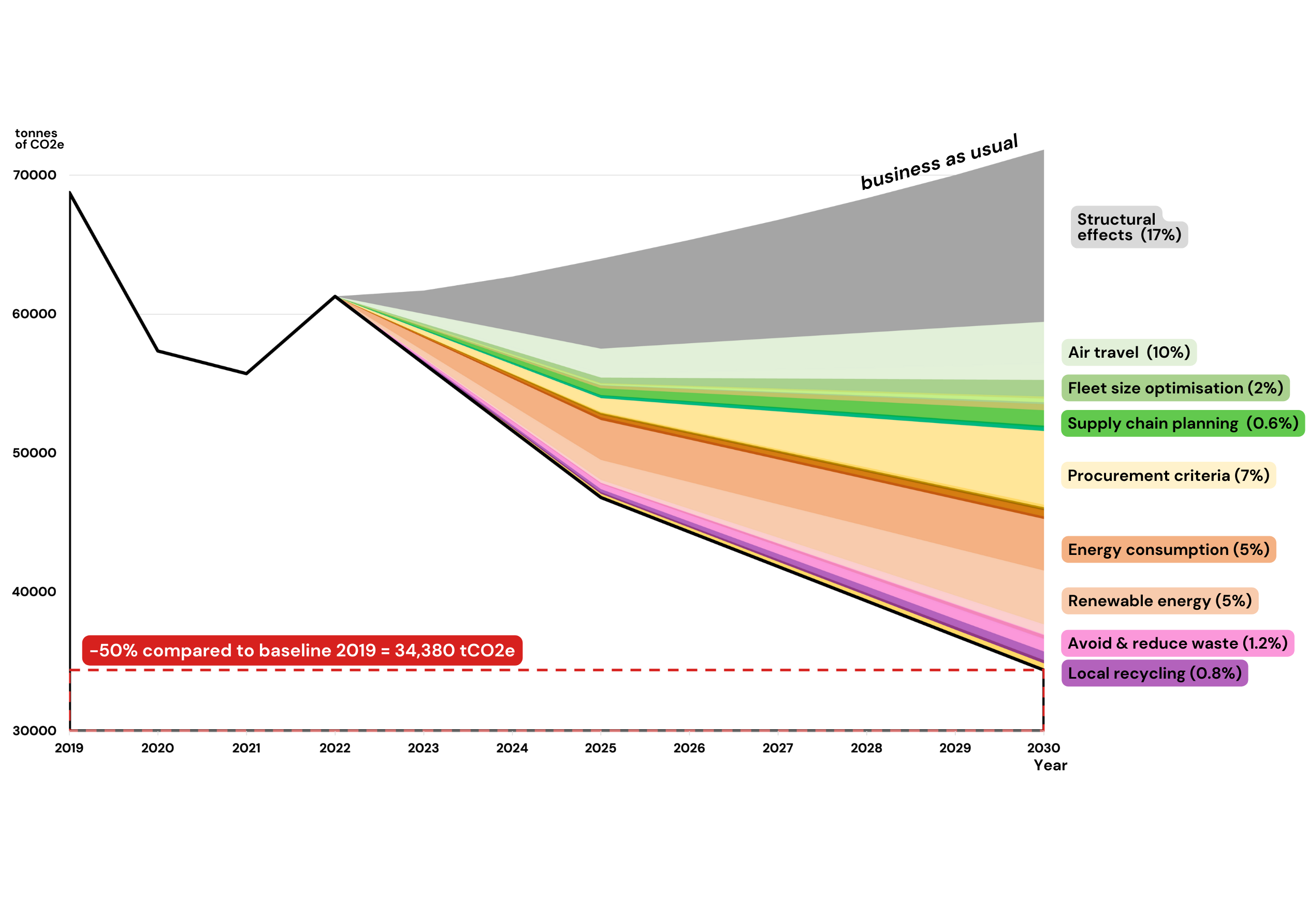
MSF works to reduce carbon emissions to help safeguard the health of the most vulnerable
The climate crisis is not a threat for the future. It is here today and is dramatically impacting the health and wellbeing of people around the world.
Unless large-scale mitigation measures are urgently taken across society, the consequences of the climate emergency will increasingly impact people’s health. These consequences include extreme weather events and changing patterns of deadly diseases, such as malaria, dengue and cholera. Droughts, floods, insect plagues and changing rainfall patterns can all jeopardise food production and people’s means of survival.











